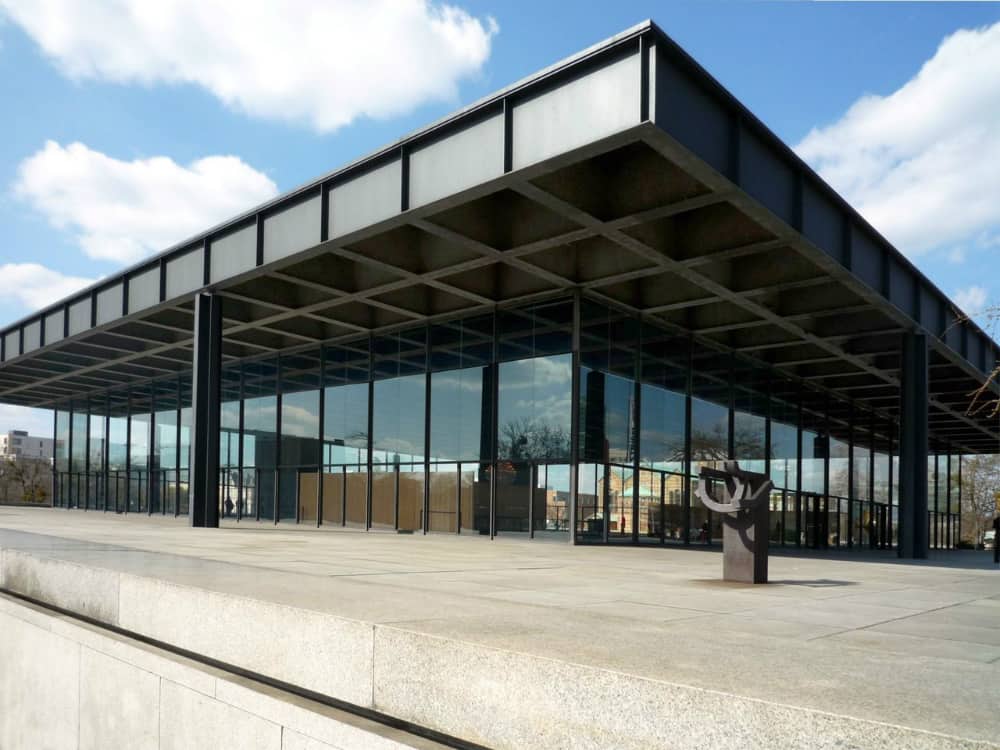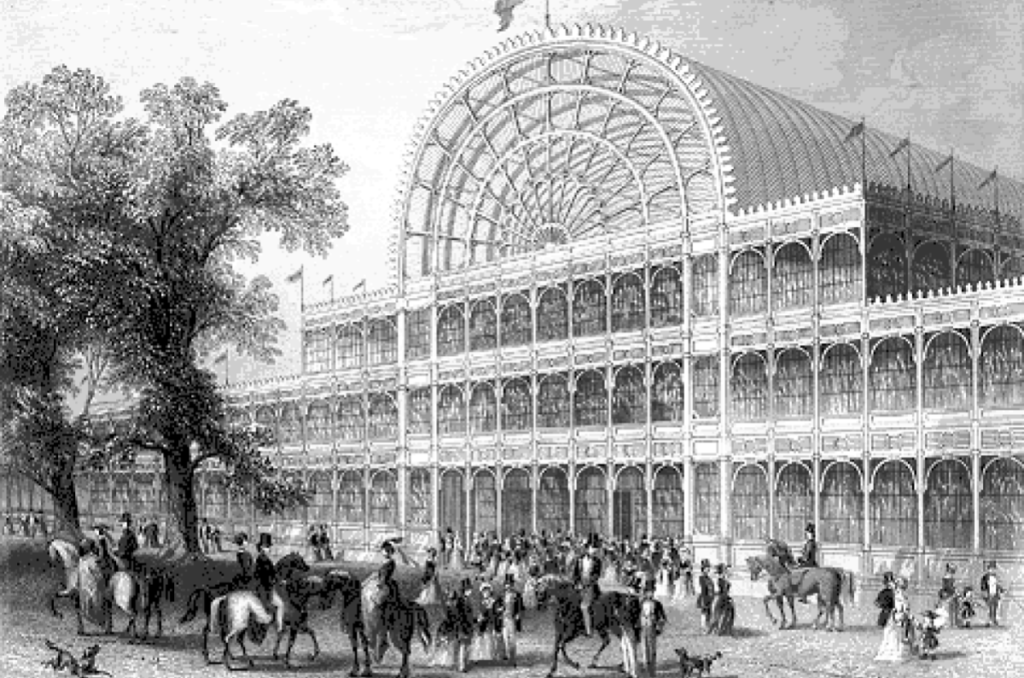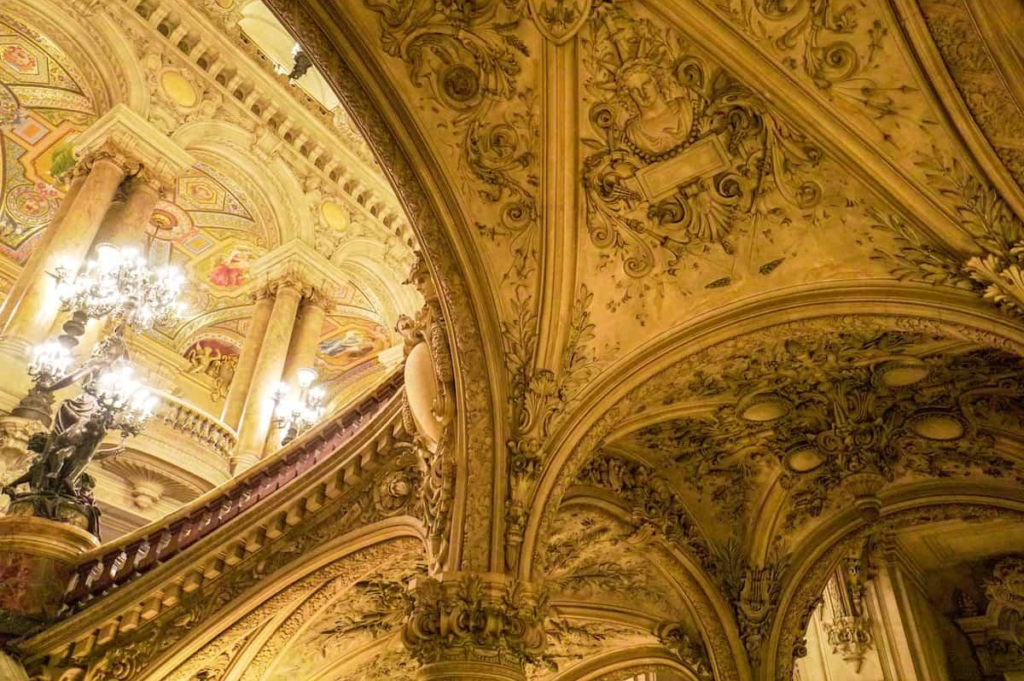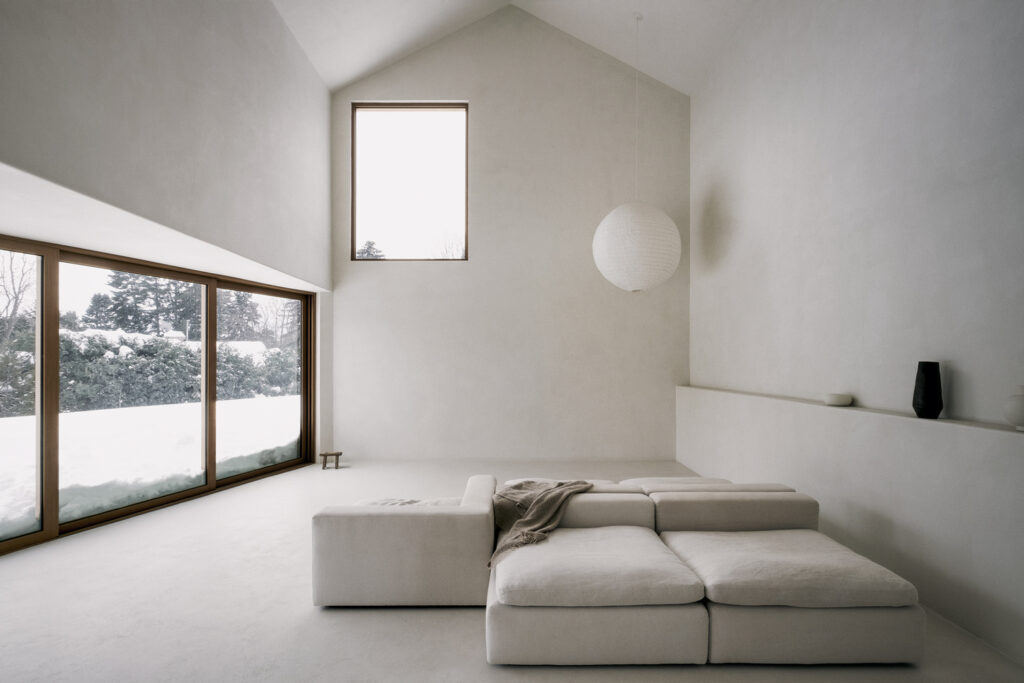Minimalism and its Implications on Architecture
By Deepika Shukla
An object can be referred to as minimalist or minimalistic if it is simple and contains only the bare minimum of essential elements, without any further ornamentation. In the same term, anything is described as minimalism if it is reduced to the absolute minimum or if it just makes use of what is required.
The Latin word minimus, which means “smallest,” is ultimately where the word “minimal” comes from.
In the early 1900s, the term minimalism first appears in English-language sources built on the term minimal, which means “least possible,” minimalism and its associated concepts are all interconnected.
Significant developments in the world of architecture and building techniques occurred during the phase of post-industrial revolution.

Source: www.trendir.com/
Production and prefabrication have begun to replace handcrafting as a result of the development of new technologies and new materials.
Old styles couldn’t be applied to steel constructions, thus visual trends shifted as decorative components, steel trusses, and frames were employed, the purity of the material, color, structure aesthetics, and services aesthetics are all excellent features of the “for the machine movement.”

Source: archdaily.com/

Source: Link
It represented a substantial change in favor of utility. While decoration was emitted, structures were no more aesthetically pleasing or attractive than they were in the early European Renaissance. Rather, classicism was studied to create a structural paradigm rather than to define aesthetics. Why does style change, then? The Vitruvian Triad makes it simple to comprehend: structure + function + form = optimum design solution. Fewer things and more happiness are the tenets of minimalism, surviving on only the bare necessities. It began in the 20th century as an aesthetic and architectural trend.
An architect from the Walter group founded the Bauhaus school in Germany with the same goals in mind to improve utility and avoid excessive adornment with Ludwig Mies van der Rohe’s maxim, “less is more,” as he insisted on a logical and minimalist approach to design throughout his career. Although the architectural style should be unadorned or basic but not simplistic, there was a great deal of intricacy and attention to detail.

Source: archdaily.com/
As a broad term indicating a straightforward method or style, the adjective minimalism can be used to characterize such art forms. With its simple materials, neutral color scheme, and clear lines and forms, minimalism exudes a sense of calm. At this point, minimalism isn’t simply a design trend; it’s also our modern way of life, with an emphasis on the essentials. Henceforth minimalism can be understood as a style or method that employs few components. More precisely, if we just want to sum up the minimal space of our brain, it could be the style of music, painting, or sculpture that frequently employs the fewest possible components to have the most impact.
While minimalism has advantages in terms of time and resource savings, it also interferes with the cultural presentation that was made visible in early architecture by stone carvings or column adornment. The utilization of cultural art and ornamentation was a component of historical memory. It speaks to a time that is no longer visible to us but is acknowledged in architecture and rich in the representation of life in this period.
In a nutshell, maximalist houses embody their culture, background, and hobbies. It is expressive, connecting humanity that promotes expressionism, personal taste, and accepting who they are and where they came from.
Deepika Shukla is a student at the Institute of Architecture and Town Planning Department, Bundelkhand University, Jhansi.
